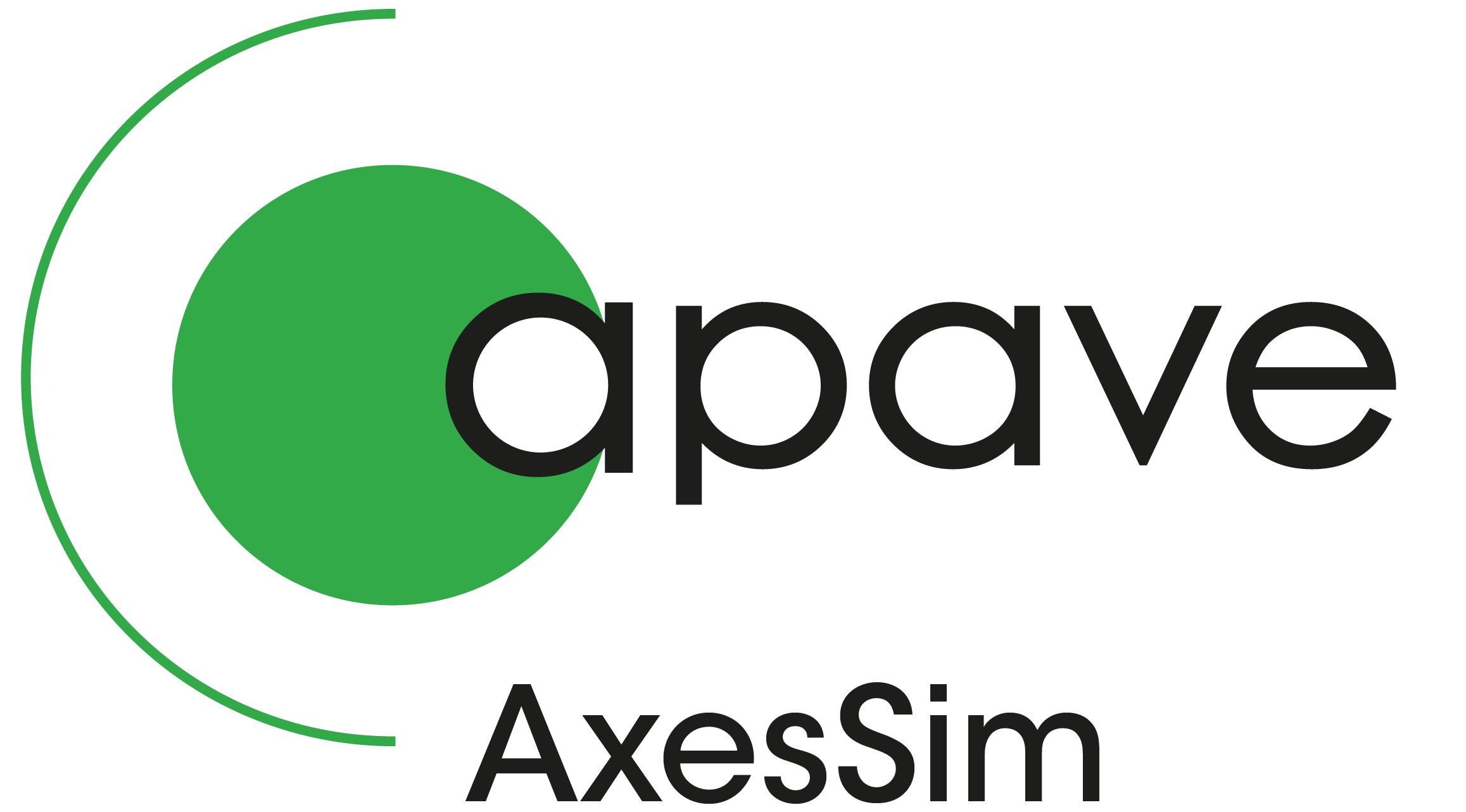The beginning of the year 2015 is marked by the end of the GREAT project.
A three years collaboration time between AxesSim, IRMA Strasbourg, ONERA / DEMR, and CEA Gramat was dedicated to develop and validate an industrial software tool for the electromagnetic simulation in the time domain based on a Discontinuous Galerkin approach (DG methods).
The DG method and its implementation on Graphic Processing Units (GPU) are inherently innovative. DG methods are known to be accurate by capturing small geometric details and by high order schemas. The usage of GPUs brings computational time compatible with industrial process and takes advantage of new hardware architectures. Moreover, its companion mesh generator allows effective optimizations and computation time gains.
GREAT allowed AxesSim to make a significant step towards the development of an electromagnetic framework in the time domain, which combines flexibility and performance, suitable for UWB antenna, radio frequency application, …
Main public contributions:
- Helluy, Philippe and Strub, Thomas and Massaro, Michel and Roberts, Malcolm. Asynchronous OpenCL/MPI numerical simulations of conservation laws. In International workshop on OpenCL, 2015.
- Thomas Strub Résolution des équations de Maxwell tridimensionnelles instationnaires sur architecture massivement multicœur. Thesishttps://tel.archives-ouvertes.fr/tel-01132856
- P. Helluy and T. Strub. Multi-GPU numerical simulation of electromagnetic waves. In Esaim Proceedings, Vol. 7, 2014, 1-10.https://hal.archives-ouvertes.fr/file/index/docid/919702/filename/clac-maxwell.pdf
- T. Strub, N. Muot, and P. Helluy. Méthode Galerkin discontinue appliquée à l’électromagnétisme en domaine temporel. In CEM Clermont-Ferrand France, 2014.
- P. Helluy, T. Strub and N. Muot. Industrialisation d’une méthode Galerkin Discontinue appliquée à l’électromagnétisme en domaine temporel. In CEM Clermont-Ferrand, France, 2014.
- P. Helluy, M. Massaro, L. Navoret, N. Pham and T. Strub. Reduced Vaslov-Maxwell modeling, 2014, 1-5.

